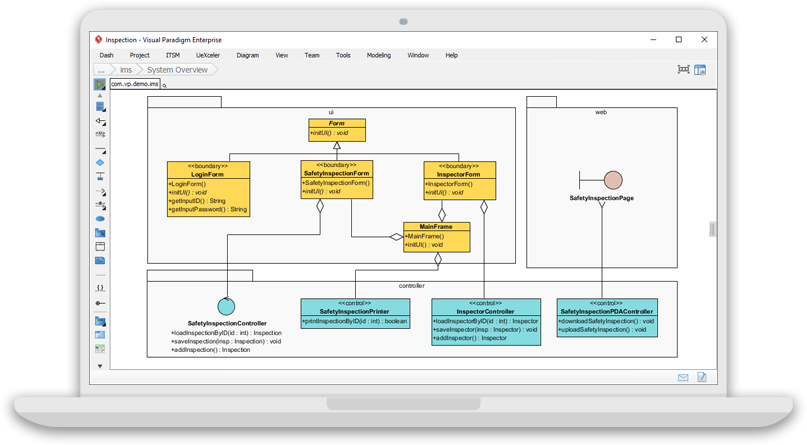System design, process mapping, UX design, code & database engineering and more. Visual Paradigm Standard provides all the tools any contemporary IT projects needed.
Model the structural and behavioral aspects of your system with UML and ERD, design database with ERD, etc. Our award winning modeling tools make visual modeling fast and easy. Here are some of the tools:


End-to-End Enterprise Architecture tool suite that supports TOGAF, ArchiMate, PMBOK process map and more
Agile development tools like user story map and sprint, Customer Journey Map and a wide range of project management diagrams
Highly affordable visual modeling toolset that supports UML, BPMN, ERD, DFD, EPC and more
